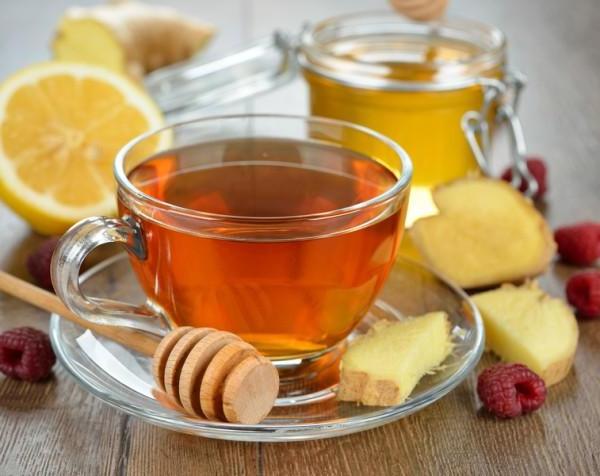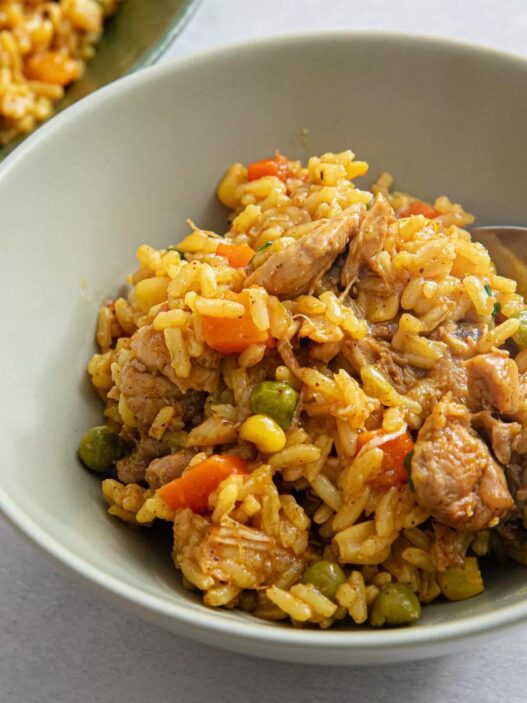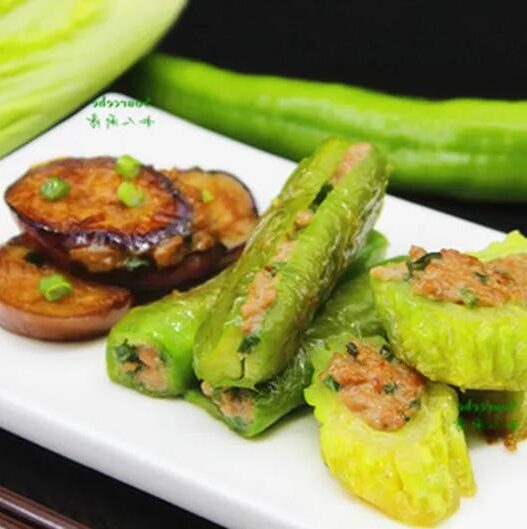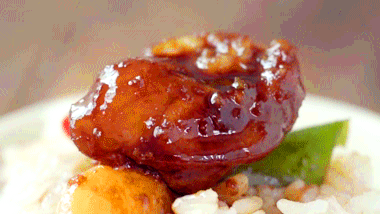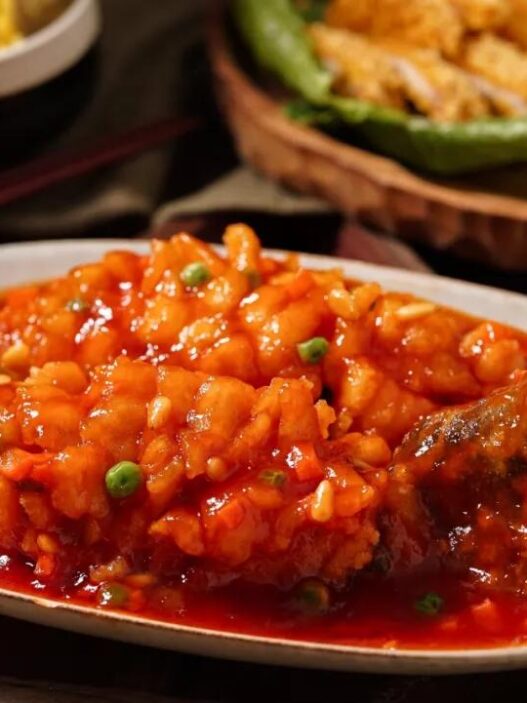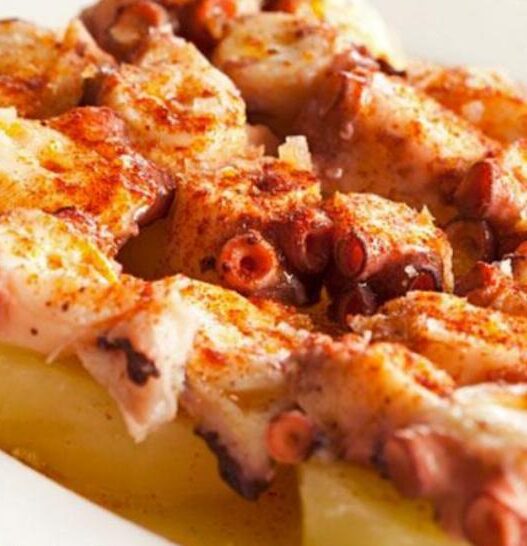According to the ancient medical text Shennong Bencao Jing, Shennong, the legendary Emperor of Medicine, once accidentally ate poisonous mushrooms. He collapsed but later revived after chewing on a fragrant root—which turned out to be ginger. Since his surname was Jiang , he named this life-saving plant “Sheng Jiang” (生姜), meaning “reviving ginger.”
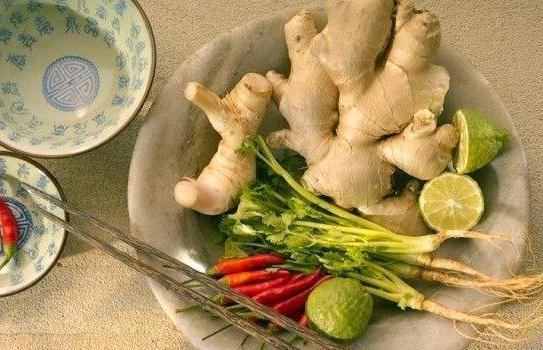
Longevity: Confucius and His Love for Ginger
The famous Chinese philosopher Confucius, who lived during the Spring and Autumn Period, reached the remarkable age of 73. His dietary habits were meticulously recorded in The Analects, where it is stated: “He never dined without ginger, but never ate it in excess.” Confucius believed ginger aided digestion and internal balance, making it a daily essential for his well-being.
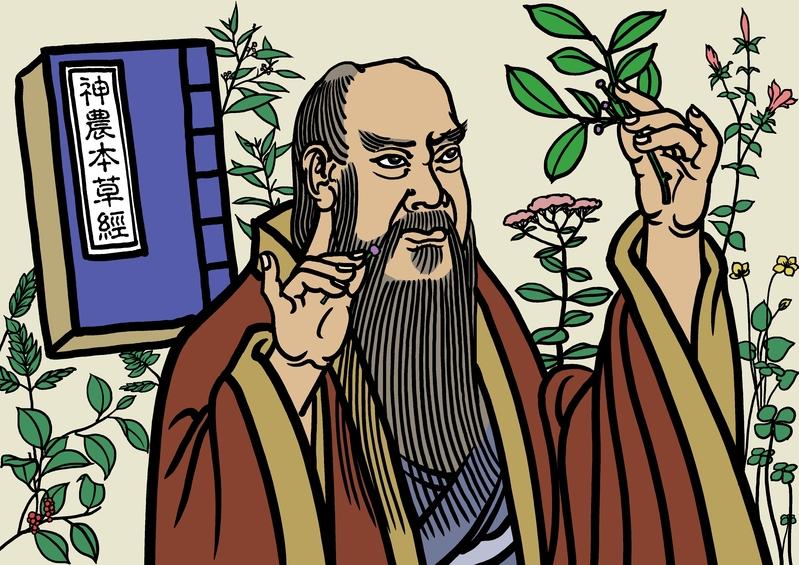
Beauty & Anti-Aging: Su Dongpo’s Secret Recipe
During the Song Dynasty, the famous poet and gourmet Su Dongpo met an 85-year-old monk who appeared no older than 40. When asked about his anti-aging secret, the monk shared his ginger-infused herbal tea recipe. Inspired, Su Dongpo created his own “Eternal Youth Formula”, blending ginger, dates, salt, and various spices into a powerful elixir.
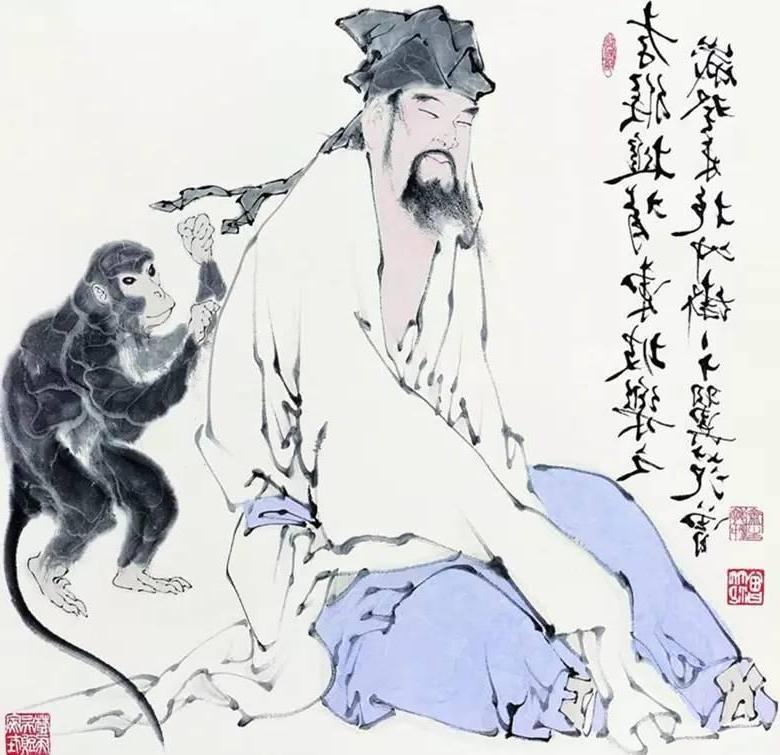
Ginger and Health in Japan
Japan, one of the world’s longest-living nations, highly values ginger for its health benefits. It is an essential ingredient in Japanese cuisine, particularly in pickled ginger (Gari), which is often served with sushi to cleanse the palate and aid digestion.
In recent years, “Ginger Enthusiasts” have emerged in Japan, particularly among young women. Many carry small bottles of ginger extract, adding it to tea, meals, and even desserts, believing it helps boost metabolism, warm the body, and improve skin health.
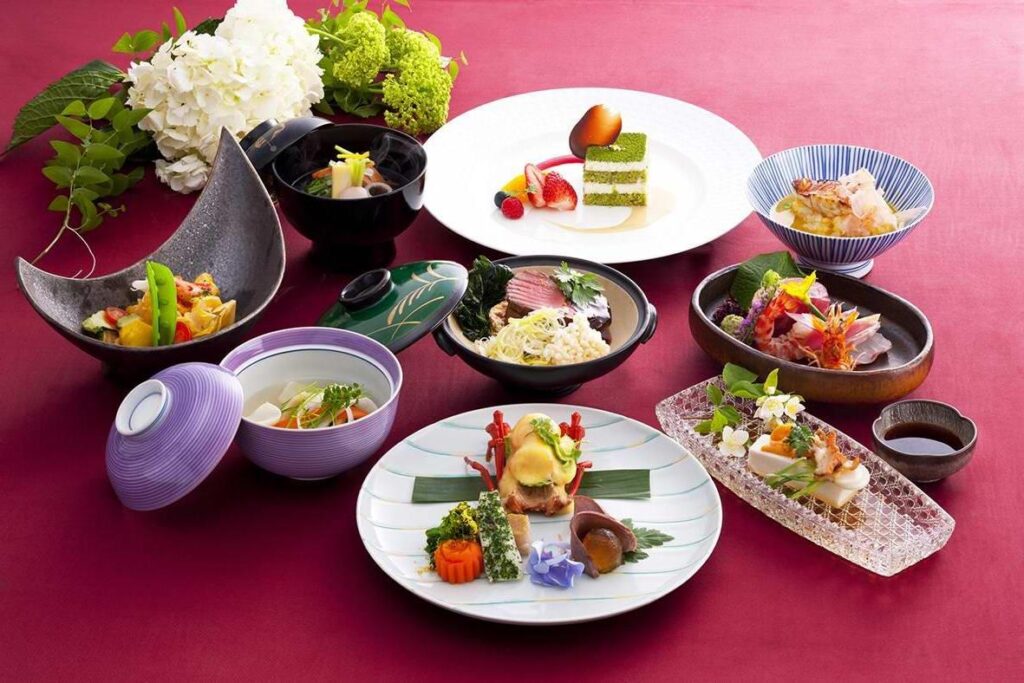
How to Eat Ginger the Right Way
While ginger offers many health benefits, consumption must be balanced. Ancient Chinese medicine warns:
- “Avoid eating ginger in autumn” because of the dry climate, which can harm the lungs when combined with ginger’s warming nature.
- “Do not eat ginger at night”, as nighttime is when yin energy rises, and consuming warming foods like ginger disrupts the body’s natural balance.
- Ginger should be eaten with the peel, as the peel helps balance its heating properties.
- People with certain health conditions, such as stomach ulcers, diabetes, or chronic skin inflammation, should limit their ginger intake.
Additionally, rotting ginger can produce safrole, a toxic substance linked to liver cancer and esophageal cancer, so always use fresh ginger!
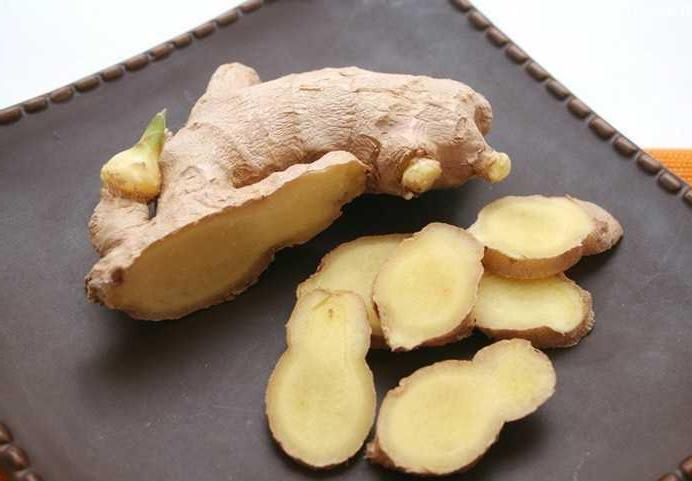
Creative Ways to Enjoy Ginger
1. Ginger Dark Chocolate
Many chocolate brands have launched ginger-infused dark chocolate, combining the bittersweet richness of cocoa with ginger’s spicy warmth. This treat offers a delicious mix of antioxidants and metabolism-boosting compounds.
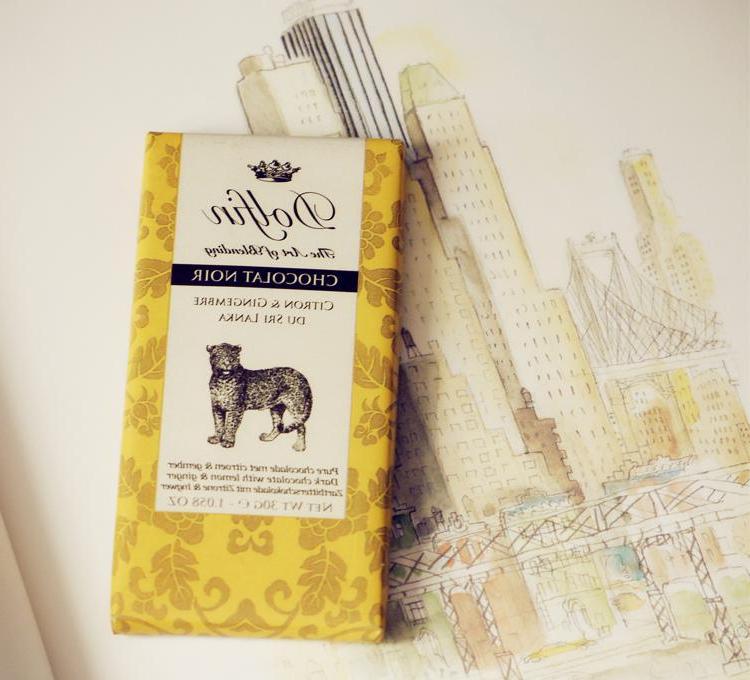
2. Honey Ginger Tea
Pairing ginger with honey creates a soothing and health-boosting tea. The natural sweetness of honey balances ginger’s spiciness, making it a perfect afternoon drink. Add a slice of lemon for an extra refreshing citrus twist.
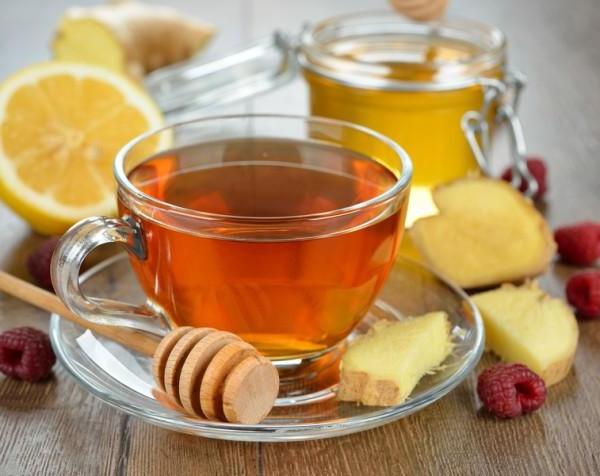
3. Sichuan Ginger Cake (Péngxī Jiāng Gāo)
Originating from Sichuan province, this famous ginger pastry was a royal delicacy during the Qing Dynasty. It is made from glutinous rice, honey, ginger juice, and sesame oil, resulting in a soft, chewy texture with a subtle heat.
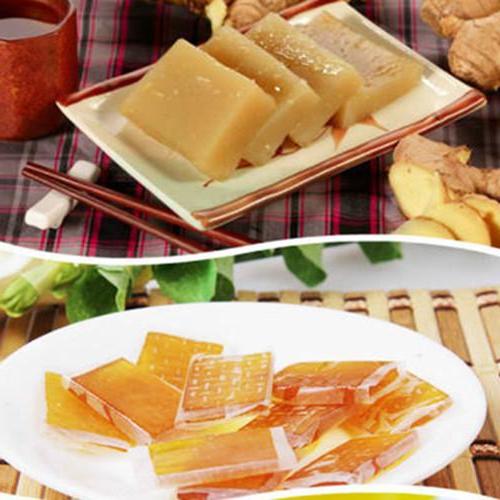
4. Ginger Milk Pudding
A specialty from Guangdong province, Ginger Milk Pudding is made by combining fresh ginger juice with hot milk, causing it to naturally curdle into a smooth, creamy dessert. The fragrant ginger aroma blends perfectly with the richness of milk, making it a comforting, warm dessert.
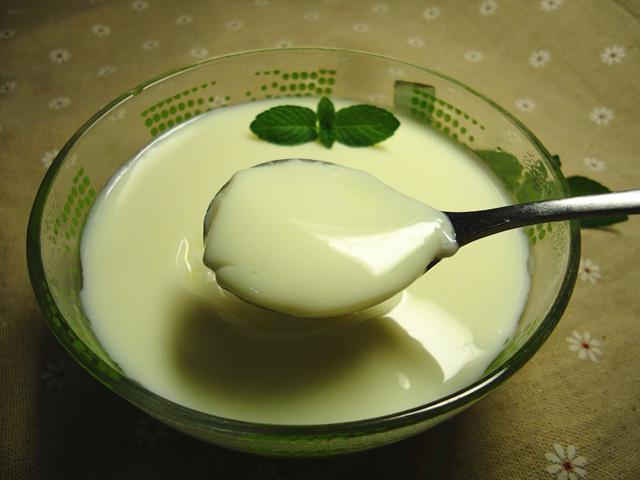
5. Ginger Biscuits
Ginger biscuits are a Christmas staple in Western cuisine. These crispy, spiced cookies are made with ginger, cinnamon, honey, and nutmeg, offering a comforting winter treat. Some modern versions include a sugar glaze for a sweeter twist.


6. Sushi Ginger (Gari)
A must-have in Japanese cuisine, Gari is the thinly sliced pink pickled ginger often served with sushi. It is lightly fermented and has a sweet, tangy taste, perfect for refreshing the palate between different sushi bites.

7. Vinegar-Soaked Ginger
A popular Chinese remedy, vinegar-soaked ginger is believed to lower cholesterol and promote longevity. Many people eat 2–3 slices daily, especially those on weight-loss diets.
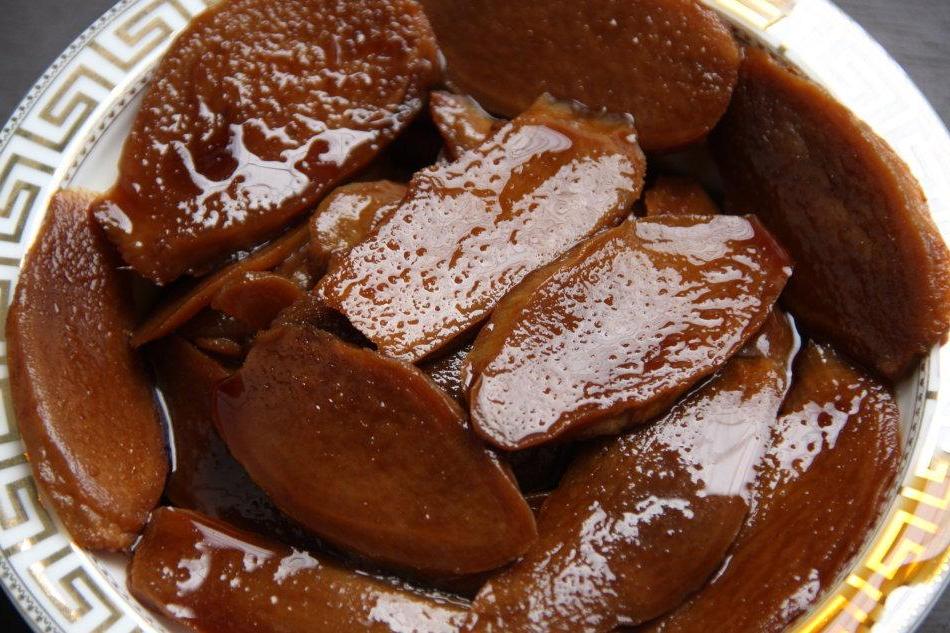
8. Phoenix Ginger Candy
A famous souvenir from Fenghuang Ancient Town, Phoenix Ginger Candy is made by boiling fresh ginger juice with brown sugar and stretching it into thin, caramel-like strips. This candy delivers a sweet start with a spicy finish, making it a favorite among ginger lovers.
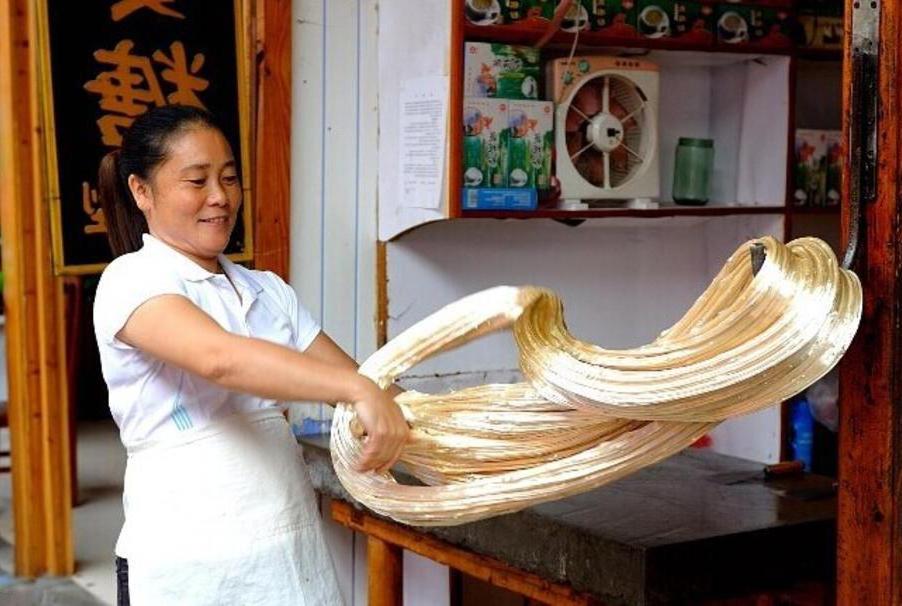
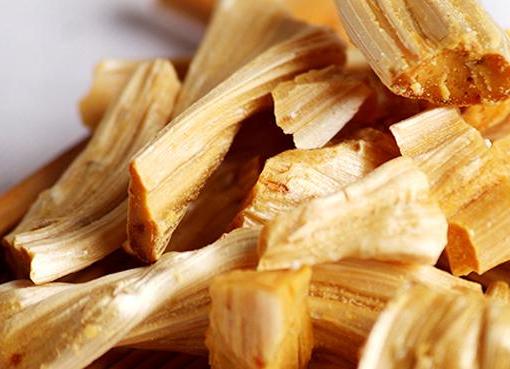
Conclusion: The Golden Root for a Healthier Life
Whether used in traditional remedies, desserts, or main dishes, ginger remains one of the most versatile and health-boosting ingredients in the world. From ancient China to modern Japan and Western kitchens, ginger has proven its healing powers and culinary versatility.
So, next time you see fresh ginger at the market, don’t hesitate to grab some and experiment with new ways to enjoy this powerful superfood!








